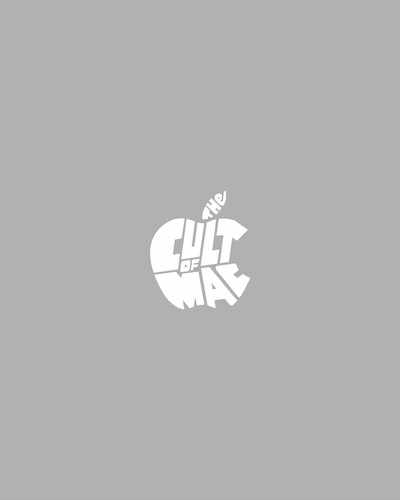
Bradley Hart Renders Jobs in Bubble Wrap
From afar, Bradley Hart’s colorful portrait of a smiling Steve
Jobs looks like a pixelated portrait made using an early digital
camera. But when you get closer, those pixels take on a shape
irresistible to your thumb and forefinger — bubble wrap.
Jobs would appreciate Bradley Hart’s creative treat-
ment of bubble wrap as well as the attention to detail
required to inject each bubble with a different color of
acrylic paint.
In the weeks following the executive’s death, Hart
was likely the only artist to use bubble wrap as a medium to
memorialize Jobs and his legacy of technological innovation.
“There were a bunch of reasons why I did Steve Jobs,”
said the Toronto-born artist based in New York City. “Some
of it has to do with technology and the digital landscape.
The idea of the bubble as a pixel was at the forefront. It
also plays with the idea of memory and memory fading.”
Each bubble-wrap piece made by Hart consists of
two parts: the hyperrealistic portrait in bubble wrap and a
more impressionistic, dreamy print on wood created from
the acrylic paint dripping out of the back of the bubbles.
The Jobs piece, one of his first five bubble-wrap
creations, was made in 2012 and quickly sold at a show for
an undisclosed amount.
Hart knew he was making mischief when he decided
to use bubble wrap to make art; bubble wrap is a disposable
material we feel compelled to touch and play with, while art
is generally viewed as worthy of preservation and is not
something we’re allowed to touch.
In fact, Hart got the inspiration to use bubble wrap
from a hypervigilant museum security guard who worked at
his first solo show in New York City in 2009. The guard was
constantly telling patrons not to touch the art. Hart heard
the guard caution visitors as he was looking at some leftover
bubble wrap from unpacking the show, and that’s when he
got his inspiration.
Hart hesitates to divulge too many specifics about his
technique, but to get the photo-realistic effect, he selects a
sheet of bubble wrap, which he buys in gigantic rolls. Most of
the bubble wrap he works with on a canvas stretcher is roughly
6 feet high by 5 feet wide, though some pieces are larger.
He then selects a photo on his iMac, usually of a public
figure or famous image, and begins to map out colors on the
bubble wrap. Then comes the most time-consuming part of
the process — filling as many as 2,500 syringes with paint. In
his studio is a wall of more than 100 colors of paint and racks
of syringes.
The average bubble-wrap portrait can take more than
300 hours, and Hart has created more than 40 such works
with an equal number of companion prints made from the
dripping paint. The paint inside each bubble eventually
dries, making it impossible to pop, but this ensures the piece
will have longevity.
◄
(PAGE 33) Paint dripping from the back of the
bubble wrap is captured in a second portrait on
wood. PHOTO: Anna Zorina Gallery
◄
(PAGE 32) Bradley Hart injects paint into bubble
wrap to achieve photo-realistic portraits, like
this one of Steve Jobs. PHOTO: Deukyun Hwang/
Arte Fuse
30
31
..................Content has been hidden....................
You can't read the all page of ebook, please click here login for view all page.
